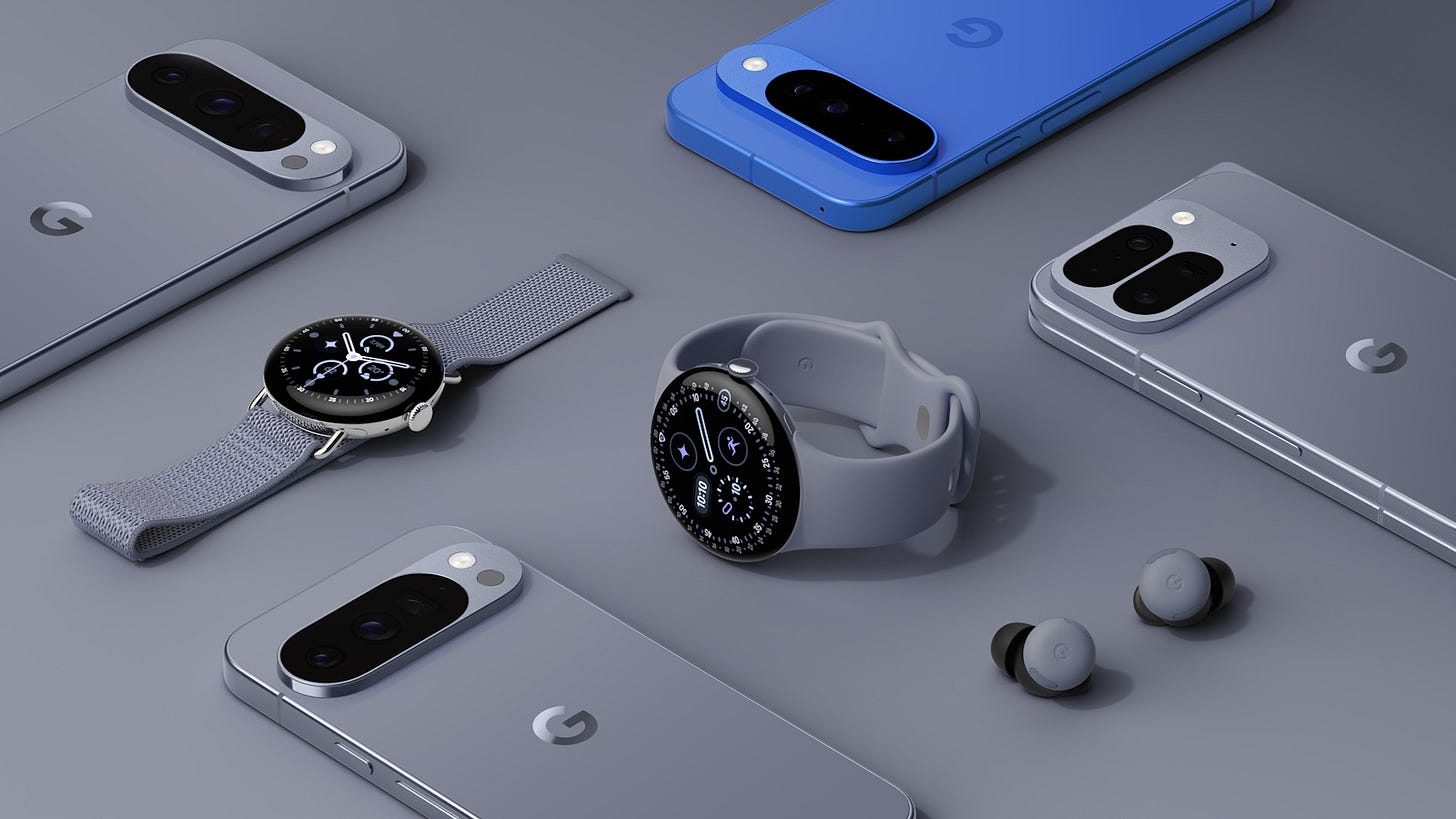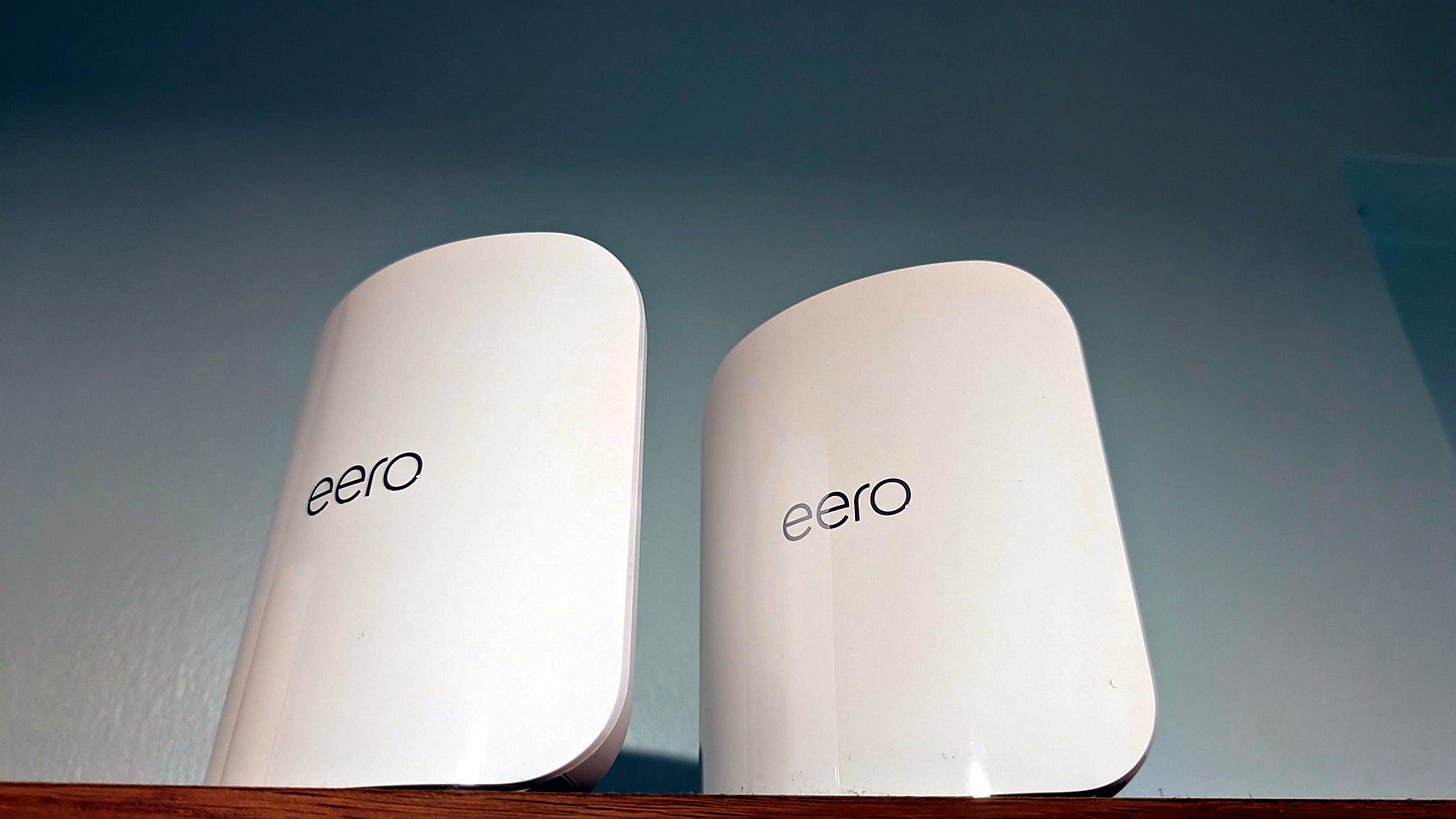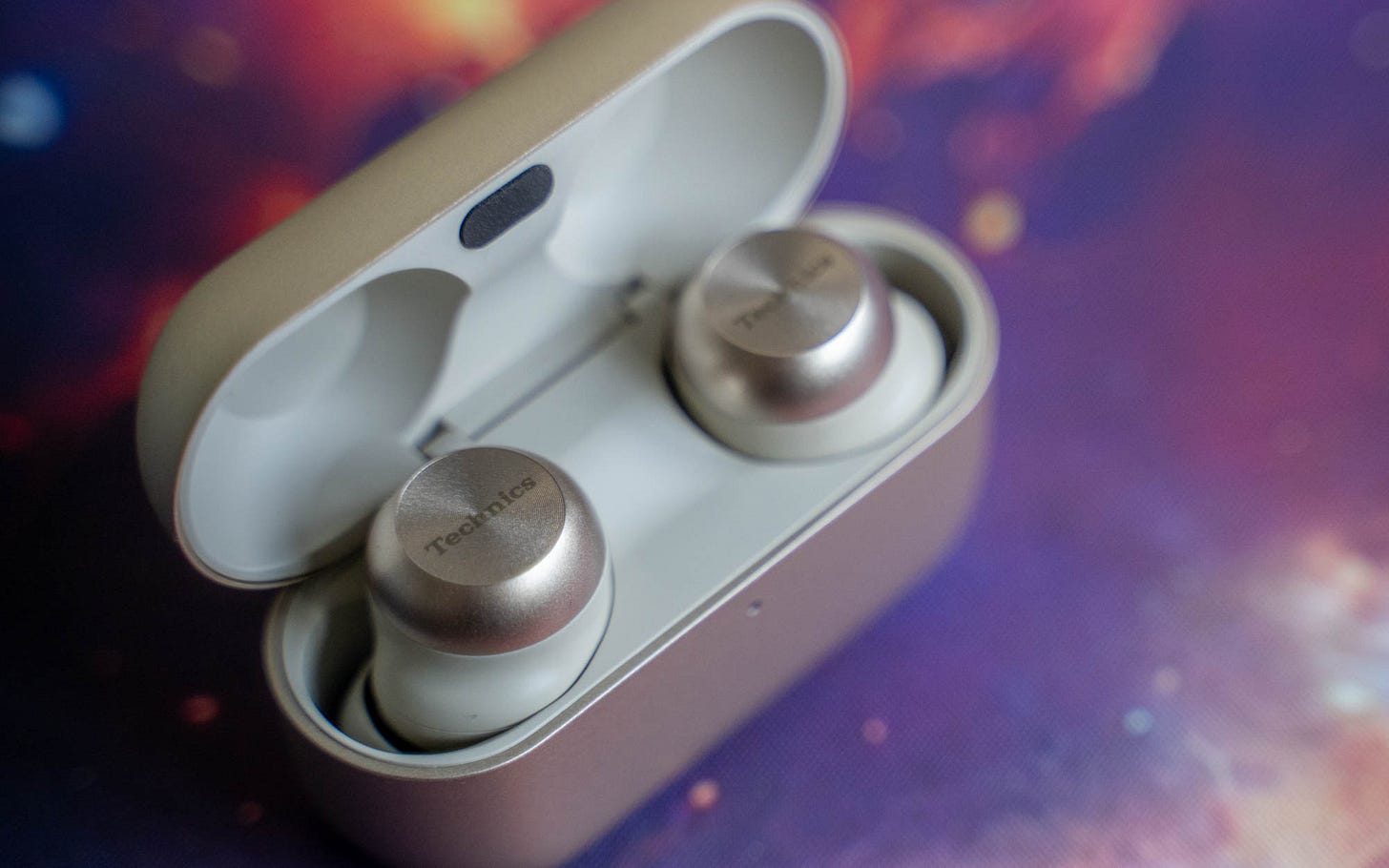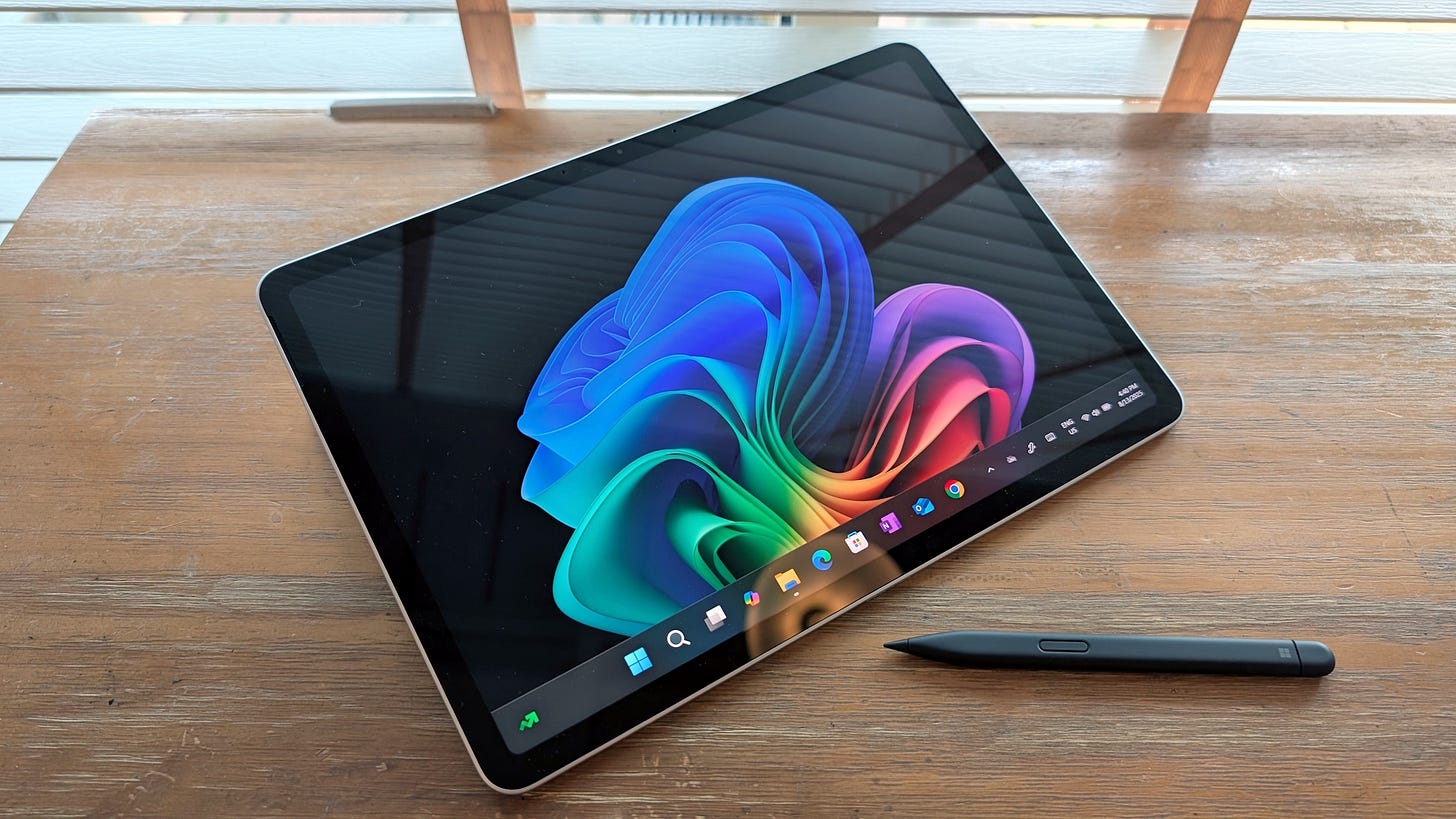Oh snap, Pixel phones finally get MagSafe
New Pixel devices were announced earlier today
So Google just showed off its latest Pixel devices at the Made by Google event (Singapore pricing and availability here). As you’d expect, the focus is on AI, with the new Pixel 10 phones running Google’s newest Gemini Nano model to enable even more helpful on-device AI experiences.
The big new AI feature I’m eyeing on the Pixel 10 phones is Magic Cue, which proactively brings up contextual suggestions based on the information gathered from multiple Google apps like Gmail, Calendar and Messages. As someone who has often missed late email notifications for my library books, I wouldn’t mind having my Pixel phone bringing that up ahead of time. I’m sure we all have had moments like that, when we wished someone (or something) had given us a timely reminder.
As for the actual hardware, the upgrades for the new Pixel 10 phones appear incremental, which is the norm nowadays. Slightly bigger battery with slightly faster charging speeds, slightly brighter screens, faster processor — you get the idea. Google throws out some impressive figures for the new TSMC-made Tensor G5 chip (60% more powerful TPU for AI and 34% faster CPU), but having been disappointed before, count me a skeptic till I try it out.
To be fair, there are some solid upgrades here and there. The Pixel 10 finally gets a telephoto camera with 5x optical zoom, while the Pixel 10 Pro Fold is said to be the first foldable phone to come with IP68 dust and water resistance. I’m also looking forward to the new domed display on the Pixel Watch 4, which promises “a nearly edgeless experience” — hopefully not at the expense of durability. Meanwhile, the new Pixel Buds 2a brings Google’s AI smarts and active noise cancellation to a more affordable price point (S$199).
But to the average consumer, everything I have mentioned so far will probably not matter as much as Pixelsnap, which is Google’s take on Apple’s MagSafe technology. This new magnetic technology will finally let you snap wireless chargers, stands, car mounts and more to your Pixel 10 phones. The Pixel 10 phones themselves support the new Qi2 wireless charging standard (up to 25W for the Pro XL, and 15W for the other phones). Google will also launch its own Pixelsnap Charger, Pixelsnap stands and Pixelsnap cases.
But more importantly, Pixelsnap is compatible with MagSafe accessories, so there’s instantly thousands of other magnetic accessories available. It’s a big boost for the accessory ecosystem around the Pixels. No need for workarounds to get MagSafe on your Pixel now. And maybe we’ll even see more Android phones with Qi2 support in the future. Better late than never, I guess.
This week, we tested eero’s Pro 7 mesh system that just landed in Singapore. In addition, we were amazed by the incredible sound from Technics’ premium wireless earbuds, and had much work done on the go using Microsoft’s latest Surface Pro 12-inch tablet.
Two units of the eero Pro 7 will offer solid Wi-Fi 7 connectivity and coverage for the typical apartment, and at a reasonable price, too. Its dual 5Gbps Ethernet ports are also fine for most users. However, its more advanced and useful features, such as ad blocking and parental controls, are locked behind a paywall.
If you’re hunting for that perfect pair of wireless earbuds to make your tunes truly sing, consider the Technics EAH-AZ100. It’s simply excellent all-round, from the audio quality to the comfort to the improvements in noise cancellation and battery life. It’s up there in contention for being one of the best this year.
The Surface Pro 12-inch brings Microsoft’s Windows tablet to a more affordable price point. It’s also more portable than last year’s Surface Pro. But some corners have been cut to achieve the price, and the hardware has been slightly downgraded. Most mainstream users, though, will probably be fine with these changes.





